Soil conservation methods for the future
Author
Christa Ivanova, PhD
Publication Date
March 16, 2024
Status
Keywords
soil conservation
erosion control
sustainable soil
pollinator biodiversity
ecosystem functions
field trials
climate adaptation
land management
soil resilience
Your microfluidic SME partner for Horizon Europe
We take care of microfluidic engineering, work on valorization and optimize the proposal with you
The interplay between soil health and pollinator biodiversity
The European Commission has opened a call for proposals to fund innovative research projects that contribute to the Mission “A Soil Deal for Europe” (Mission Soil), fighting the decline of ground-nesting pollinators. Accordingly, the call “Soil health, pollinators, and key ecosystem functions” addresses critical aspects of soil ecology and conservation methods, focusing on ground-nesting pollinators and their interactions with soil environments.
Many insect species (e.g., wasps and bees) nest below ground and they contribute to the soil ecosystem and improve soil quality but require protection from land managing techniques like plowing, ground sealing, and plant pest control. Hence, the current call aims to enhance our understanding of their life cycle, propose protective measures, and develop land management systems that do not harm ground-nesting species.
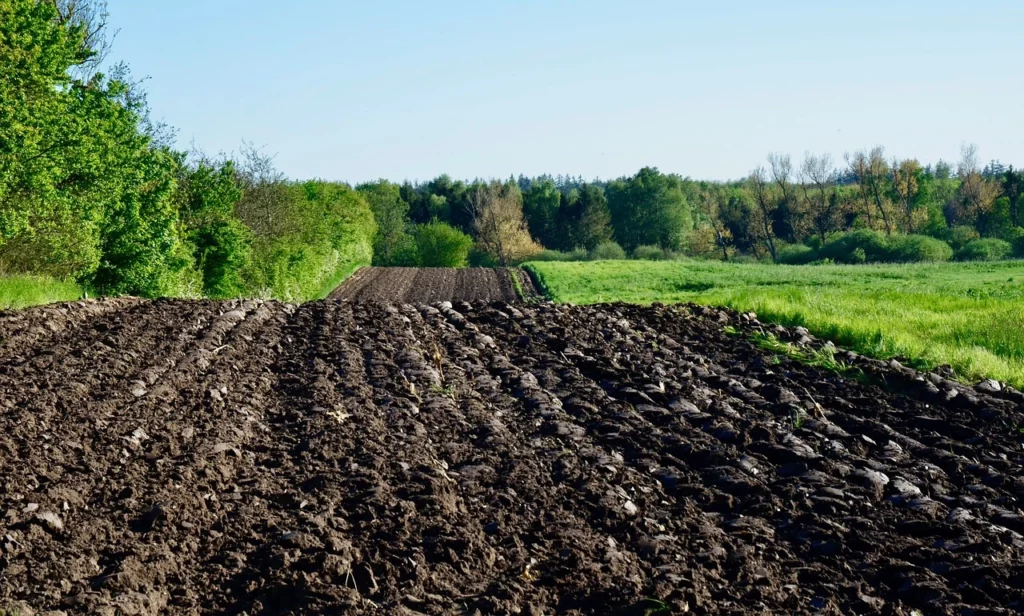
How can microfluidics be used for soil conservation methods?
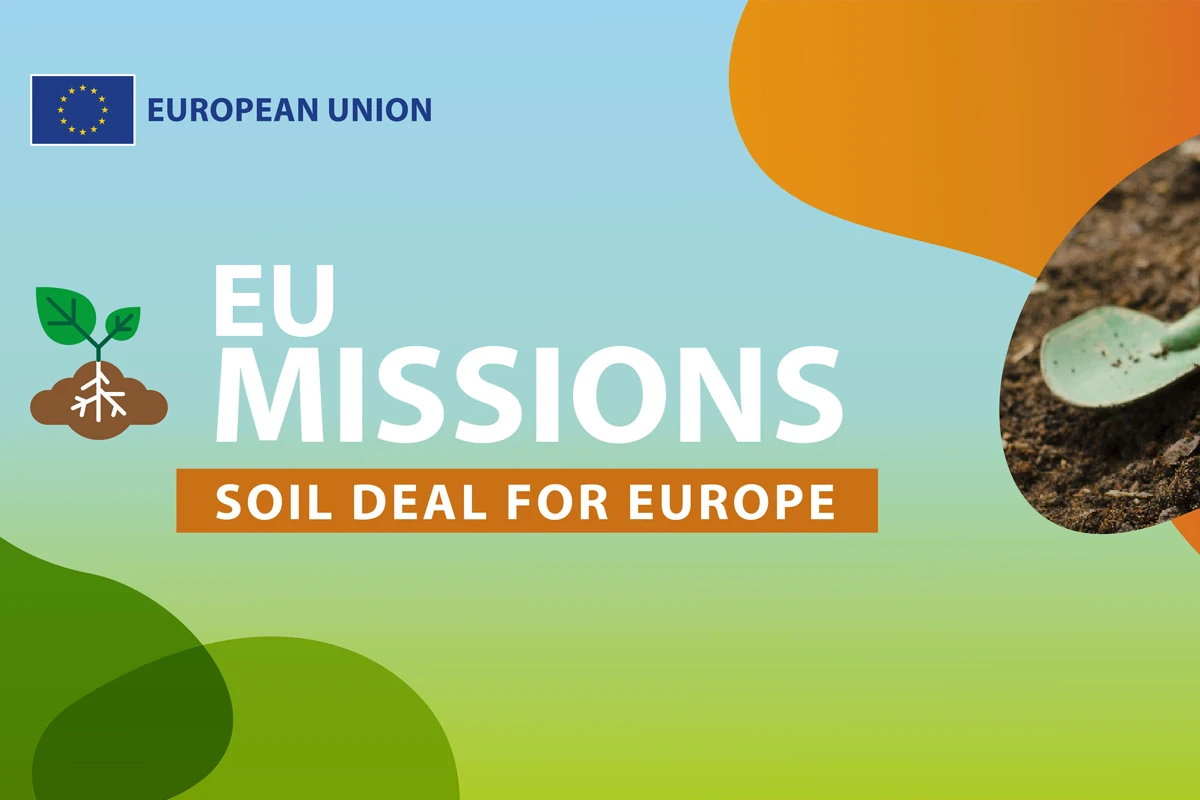
- Screen soil composition and pollution rates (heavy metals, pesticides, fertilizers)
- Access environmental toxicology with organ-on-chip models
- Conceive insect preservation methods by modeling the soil micro-environment in droplet microfluidics
- See our project EDAPHOS to learn more about how microfluidics are already used in soil research today
What we can do as an SME partner:
For this Horizon Europe call on soil health and soil conservation methods, we can bring our expertise in microfluidic instrumentation and flow management to help you develop a screening system or a perfusion platform to study insect biodiversity and soil conservation methods. So far, we have participated in over 50 EU-funded projects and are happy to support your application with our experience in proposal writing, communication, and dissemination, in addition to our technical developments.
The scope of the call in a nutshell
Soil-dependent insects, including many solitary wasps and wild bees, are essential for pollination and ecosystem health but are threatened by non-adaptive soil management practices such as tillage, contamination, and soil compaction. Therefore, this call seeks proposals that promote soil conservation methods:
- Research pollinator diversity and distribution: Expand taxonomic and functional knowledge of pollinator communities and their interactions with soil environments.
- Monitor and address threats: Develop and implement monitoring methods for threats to soil-dependent pollinators, supporting the EU Pollinators Initiative.
- Evaluate soil management practices: Analyze the impact of different soil management techniques on pollinator health across various farming systems, including organic and conventional agriculture.
- Promote soil remediation: Innovate and demonstrate soil remediation techniques and soil conservation methods to improve habitat conditions for pollinators.
- Provide best practice recommendations: Develop guidelines for integrating pollinator conservation into soil management practices across different landscapes.
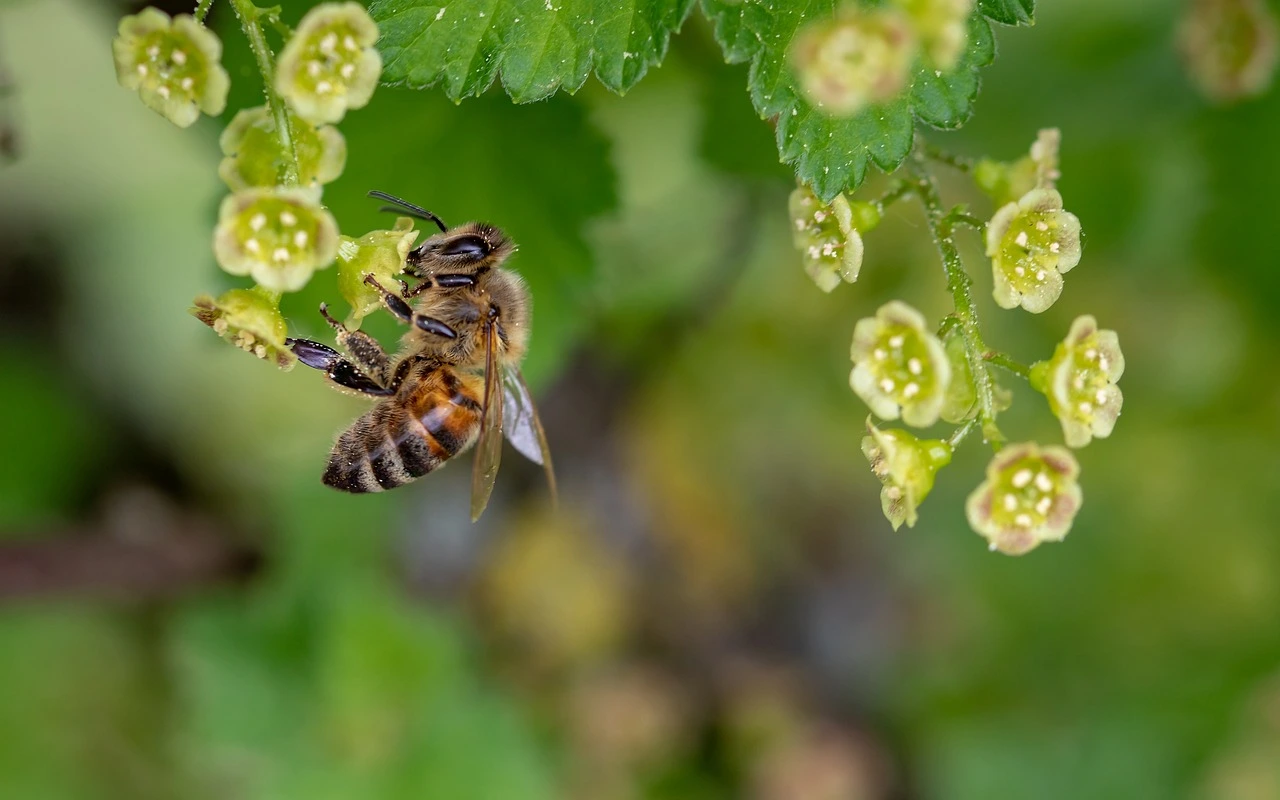
The MIC and European joint projects
We have extensive experience with European joint research proposals and have been an SME partner in over 50 granted projects to date. We will be glad to participate in your project! Besides “Mission Soil: Soil health, pollinators, and key ecosystem functions”, we are particularly interested in the following calls but remain open to any collaboration:
- Mission Cancer: Accessible and affordable tests to advance early detection of heritable cancers in European regions
- Mission Soil: Soil biodiversity for healthy cropping systems
- EIC Pathfinder: Solar-to-X devices for the decentralized prosumption of renewable fuels, chemicals, and materials as a climate change mitigation pathway
Download the MIC Horizon Europe 2025 Calls Calendar:
The MIC already brings its expertise in microfluidics to Horizon Europe:
HORIZON-MISS-2022-SOIL-01
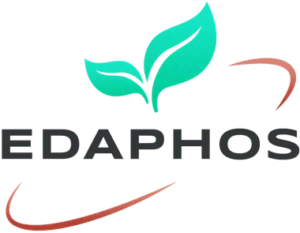
Development of soil remediation techniques and soil analysis using microfluidics
H2020-LC-GD-2020-3
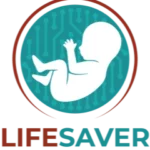
Toxicology assessment of pharmaceutical products on a placenta-on-chip model
FAQ - Soil conservation methods for the future
Q1. What does this call actually expect under “soil conservation methods”?
A shift away from quick fixes – instead, a mix of methods holding ground across seasons. Practices such as reduced tilling, growing cover crops, managing harvest leftovers, fine-tuned inputs, slowing erosion, and smart guidance systems form the backbone. These don’t just sit on paper; they’re built to last under real conditions. What matters most? Steady gains in how well soil performs, not isolated snapshots of success.
Q2. Which project types and TRLs are typically targeted?
Most subjects like these typically kick off at TRL 3-6, progressing to TRL 6-7 when multiple locations are included in testing. Starting at TRL 3-4 isn’t unusual for a mechanistic RIA – think early methods, fresh sensor designs, or emerging models. When impact assessments go live on farms, they’re usually aiming to prove performance under real conditions, so TRL 6-7 fits. Rather than deep research, CSAs lean into setting benchmarks, strengthening collaboration networks, and growing skills; their role spans all TRLs yet skips intensive tech development.
Q3. What counts as a convincing “impact” for evaluators?
A blend of results, clear enough for someone tilling soil or drafting rules to follow
- Soil function: ≥15-20% improvement in aggregate stability, infiltration rate, or water-holding capacity versus baseline.
- Carbon and nutrients: +0.2–0.4% absolute increase in SOC in topsoil over 3 years, nitrogen-use efficiency ↑ by 10-15%.
Soil erosion, along with compaction, sees a drop in loss incidents of at least 30%. Root movement improves, shown through lower cone index values. A noticeable shift occurs where physical barriers weaken under adjusted conditions. Penetration eases when density declines across tested plots.
Farm-level expenses, machine idle times, and workforce demands shape what actually happens out there. Thresholds set in advance guide when to act or shift course. How willing people are to use new methods also plays a role. Choices depend on these real-world limits, not just theory.
Q4. How large should the consortium and budget be?
A handful of projects usually pull in between 3 and 12 million euros, involving anywhere from 7 to 15 collaborators. Running on less, a compact CSA could land around 1-3 million. When efforts span multiple regions, budgets may exceed 12 million. What matters most? Balance – funding that covers repeated test cycles in no fewer than two distinct soil-climate zones and growing periods. Solid data tracking, statistical rigor, and room for unforeseen hiccups also play quiet but critical roles.
Q5. What evidence chain works best – from lab to field?
Begin by testing mechanisms – like soil columns or lysimeters – in settings where weathering can be controlled. From there, shift toward larger setups such as mesocosms. Afterward, apply these under real farm conditions using shared methods across sites. Monitoring should cover every stage. The path often flows like this: an idea leads into early-stage tools or approaches, tested first on small plots. These then undergo checks at multiple locations before becoming full-scale packages, including clear procedures, skill development, and cost analysis. If a technique struggles within structured steps, it usually falters when used outdoors.
Q6. Where does MIC make a difference in such projects?
Built on practical design, our role ties hardware to real-world functionality. Think tailored microfluidic platforms that track what happens where roots meet microbes in soil—these link to detection tools – measuring how water seeps through ground layers or carries nutrients along. Instead of off-the-shelf parts, many components are home-built: think fluid-control units paired with sensing modules that can run unattended. Automation isn’t an add-on – it’s threaded into sample collection mechanisms from day one. Systems combine valves, pumping elements, and analysis gear into packages meant for outdoor use without constant babysitting. When researchers describe their goals, those get shaped into working devices fast – not just theoretical models. Early versions evolve rapidly in response to feedback. Data output follows clean formats by default, cutting noise before stats even begin. Working within EU-funded teams, planning duties aren’t outsourced – we help draft project phases and define clear milestones tied to tech readiness levels.
Q7. Can an SME like MIC really improve funding odds?
Ahead of schedule, some projects saw double the success rate when MIC took charge early – prototyping through validation – all compared to standard benchmarks on similar work. What made the difference? Loops shortened sharply, risk maps stayed clear, toolkits felt ready-to-go, while measurements held steady, no matter the location.
Q8. What funding rates and cost model should we plan?
A typical Horizon Europe setup sees research infrastructure actions and coordination support awards covering every bit of qualifying direct expenses. Meanwhile, innovation actions cover 70% of those costs for companies aiming for profit, though nonprofits still get full coverage. When it comes to indirects, a fixed quarter of approved direct spending gets added across the board. Planning trips and on-site operations? Better estimate them clearly – weak field planning often drags evaluations down.
Q9. What about data, ethics, and regulatory aspects?
Even if no human participants are involved, preparation still requires a Data Management Plan aligned with FAIR principles. A solid metadata framework comes next – covering location details, operational methods, climate records, soil types, and machinery used. Where applicable, biosafety clearances or ecological permissions may also be necessary—such as for monitoring privately owned farmland? Then contractual understandings on data exchange become part of the process. Clarity in how farming advice is developed and shared matters just as much.
Q10. Which KPIs should we track during the project?
Beyond soil organic carbon and water entry rates, factors such as how tightly packed the soil is, how hard it is for roots to push through, the number of worms present, and genetic traces indicating biological diversity come into play. Small bits of decaying plant material also count, alongside shifts in nitrogen availability, how cloudy water runs off after rain, and even the amount of diesel burned per field area. Performance markers aren’t just agronomic – time spent managing machines, how quickly crews adapt, frequency of repairs, and lifetime expenses shape decisions. Linking every metric to clear pass-or-pause limits helps narrow choices without guesswork.
Q11. How to structure a 36-month plan that doesn’t collapse under weather risk?
Starting at zero, the initial half-year wraps up agreement on methods, location selection, early data collection, and preliminary model development. By month six, controlled ecosystem tests kick off, joining small-scale field trials across a pair of areas – this phase also trims less effective options midway. From there, the stretch between months eighteen and thirty focuses on broadening testing across several sites, handling weather disruptions, and bundling standard workflows into clear guides. Thirty months in, focus shifts toward practical use – training kicks off, business frameworks take shape, procurement routes get clarified. Standards and rules start coming together around this time, too. When surprises hit, having room to move matters; extra capacity should already be lined up somewhere else, just in case.
Q12. What should we prepare before contacting MIC?
A quick snapshot on paper: focus areas in farming systems, alongside key risks like soil wash-away, water shortages, and tight ground layers. Pick two or three measurable results expected. Suggest possible field spots – note limits each brings – and mention the project tag, should it exist. Architecture ideas come from us, along with who does what among collaborators. Budget shapes steadily, tools planned, so data is gathered without clutter.
Q13. Examples of MIC-led experiments that de-risk soil conservation methods?
A tiny chip tracks how plant roots grab nutrients while microbes pitch in, using fluid gradients. Tiny droplets become mini labs – screening soil fixes fast. Flow meters slip right into streams, logging how water moves through dirt. Small autosamplers catch runoff and underground seepage without help. Toughness gets tested too: heat, cold, wet-dry loops, even sun damage – all part of the run.
Q14. Common pitfalls that sink proposals – and how to avoid them?
A handful of issues keep resurfacing. First, drawing broad conclusions from single-location studies tends to skew results. Then there’s the problem of shaky financial estimates – costs per hectare often lack clarity or consistency. Data descriptions are frequently disorganized, making collaboration harder than it needs to be. On top of that, many projects ignore how farmers actually decide whether to adopt new practices. Running trials across multiple regions helps ground findings in a wider reality. Breaking down expenses clearly, using standard units like euros per hectare, adds accountability. A common vocabulary for data fields reduces confusion early on. Short educational segments can guide users through key concepts without overload. Involving growers and regional offices right at the start shapes direction more authentically.
Q15. Why include a Living Lab or Lighthouse approach here?
A choice to adopt something determines whether it matters at all. Farmers, advisers, and local officials stay involved through Living Labs – not just informed, but active in forming early versions of tools while testing approaches amid actual field conditions. With design shaped by users and quick rebuilds built in, ideas that work can become standard routines. MIC supports speed and consistency in feedback behind the scenes.
